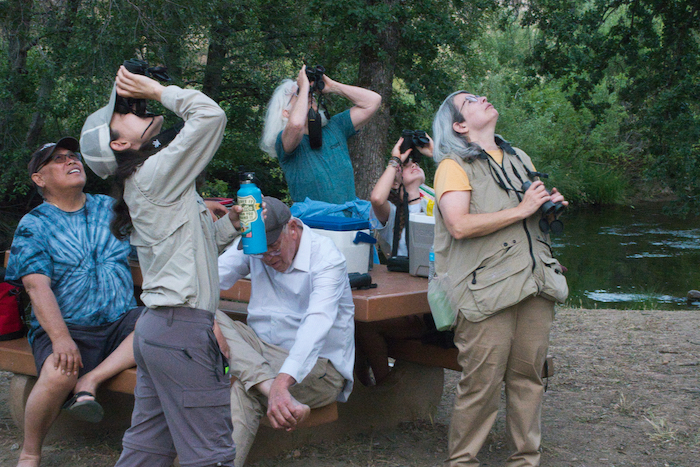
Join Our Volunteer Board of Directors: As a member of the Shasta Birding Society Board of Directors you will help us promote the enjoyment, understanding, and conservation of birds and their habitats in Shasta County and the surrounding areas. You will be part of educating the next generation of birders who are passionate about protecting and preserving habitats that feed and shelter the diversity of wildlife in our community.
We are looking for individuals with passion and commitment to join us in our effort to engage our community in the joys of watching birds, learning about their needs and advocating for policies that protect them and their habitat. If you are that person, contact Jaci White (530) 337-6929 or jpw48@cwo.com, by April 30th for more information.
Shasta Birding Society wants you!
Volunteer opportunities/chapter needs:
- Leading field trips – one or two trips a year
- Education – outreach to youth and adults
- Website – website contributions and maintenance
- Programs – scheduling monthly programs
- Conservation – monitoring areas of interest for possible chapter action
- Board Membership – help guide the direction of the chapter
If you like birds and people, and can offer at least 20 hrs/year in their support, please consider joining your Shasta Birding Society Board.
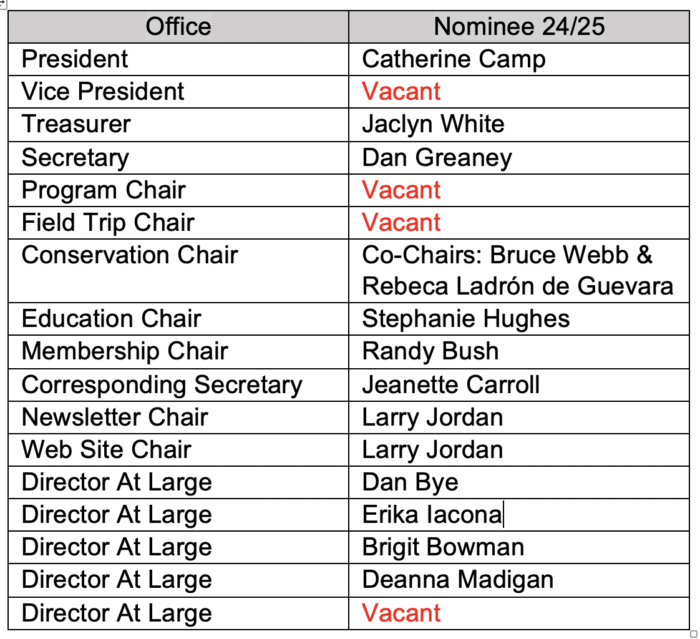
The chapter is currently seeking its next generation of leaders. Our areas of action are in Education, Conservation, and in the stuff of our operation – scheduling monthly programs, field trips, social media, and digital presence.
Our History
The Wintu Audubon Society was founded in 1975 as a chapter of the National Audubon Society serving Redding and the Shasta County area. After much thoughtful conversation and consideration over this past year, the Board of Directors has concurred with the Chapter Name Committee to change the name of our conservation group from Wintu Audubon Society to Shasta Birding Society. The mission of the Shasta Birding Society is to conserve and restore natural ecosystems, focusing on birds, other wildlife, and their habitats for the benefit of humanity and the earth’s biological diversity. We promote enjoyment of the natural environment through education and interactive programs.
Shasta Birding Society Membership Changes!
We have changed local membership fees from dues to donations. This gives members greater flexibility in supporting the chapter, and simplifies our book-keeping. We invite all members to make a local donation when you become a member and/or anytime during the year. Suggested donation is $20-$30. Donations are tax deductible, and can be made at:
- ShastaBirdingSociety.org – click on the PayPal button to pay with PayPal or a credit card OR
- Send check to Wintu Audubon Society, PO Box 994533, Redding, CA 96099-4533
Background: Your membership in the National Audubon Society includes membership in our local Shasta Birding Society, and will continue to. However, membership in the national organization does not increase local funding. To support the local chapter many members have chosen to pay yearly dues as direct contributions to the chapter. These local dues have been payable each year, one year from the prior contribution.
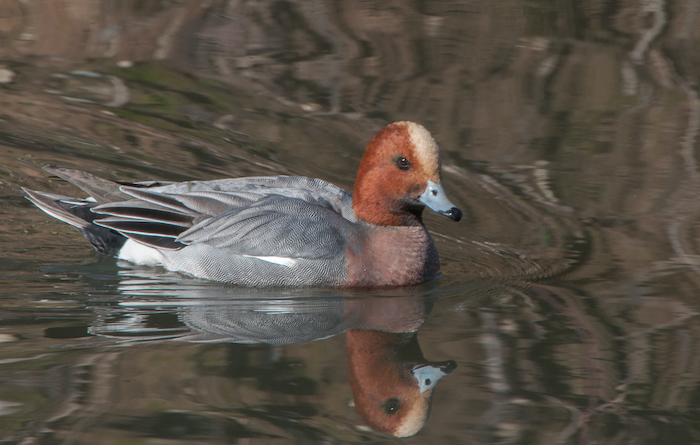
Eurasian Widgeon Drake
Right now we are seeking Directors-at-Large.
Directors-at-Large are voting members of the Board, but they are unassigned to any particular committee. This position allows new Board members to shop around and explore what areas they may want to specialize in. The position also allows old Board members to continue to share their expertise and to fill in where needed.
Directors-at-Large should attend the Board’s ten meetings/yr, and may take on additional duties as needs and interests develop. Meetings are currently held via Zoom.
Contact Dan Greaney, 530-276-9693 or greaneys@yahoo.com for more information.
Where Did All The Hummingbirds Go?
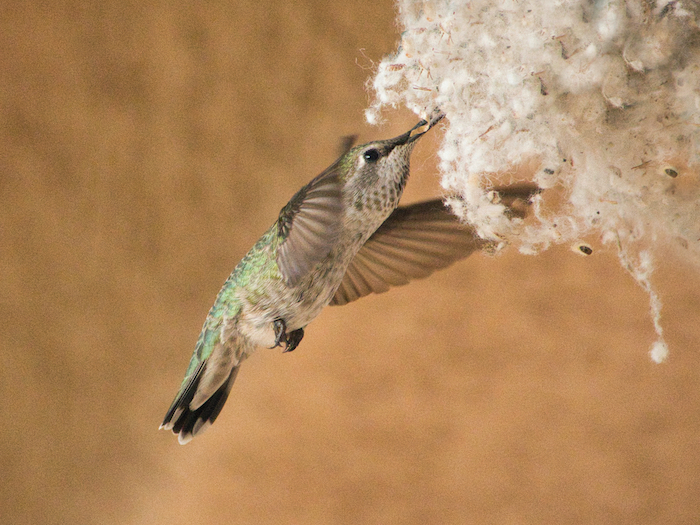
You may have noticed that this time of year the number of hummingbirds has decreased exponentially. You may also be surprised how many are still around. Check out our blog page for more information!
Survival by Degrees: 389 Species on the Brink
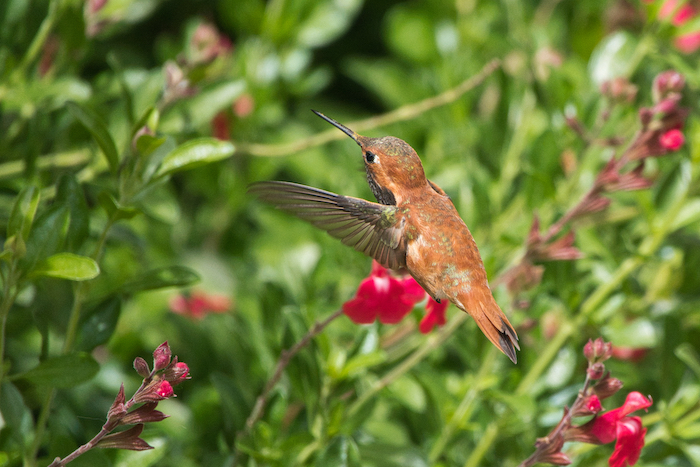
Highly and moderately vulnerable birds may lose more than half of their current range—the geographic area where they live—as they are forced to search for suitable habitat and climate conditions elsewhere.
Check Out Our YouTube Channel!
Like the resource it seeks to protect, wildlife conservation must be dynamic, changing as conditions change, seeking always to become more effective.
Rachel Carson
